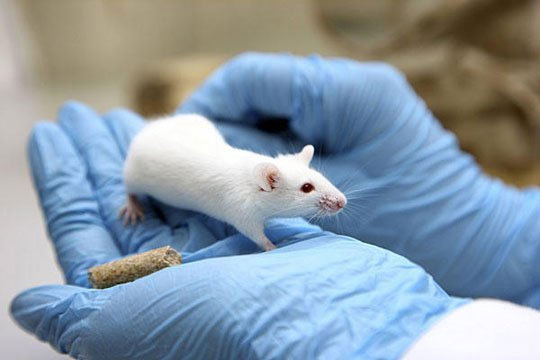The superior gnawing secret of rats
Rats are recognized as a perfect rodent. Scientists have proved that rats surpass all relatives in their rodents, including squirrels and beavers.
What mice can chew on anything, human beings have known for a long time. But why are they 'talented' like that? Why can't other rodents like beavers do it even though beavers can nibble around the original to spill a big old tree and build very perfect dams?
Some international scientists from Britain, France and Japan explained that rodents are divided into two large groups. A gnawing group by using sharp-edged teeth as a tool for example squirrels and beavers. The other group is just chewing, using the main molars, which are manatees and porcupines. Meanwhile, the mouse combines both abilities at the same time and is equally good. They chew and chew.

Mice occupy "kings" in rodents.
Scientists modeled computers that simulate the activity of the skull and the mouse's muscular system to analyze how their jaws move. They then created virtual animals, such as rat skulls but beaver muscles. Doing so to understand the anatomical properties has made the mouse superior to its competitors.
In the end it was found: 'rat's muscles are growing so they can chew more effectively than manatees and eat better than squirrels, although these two are also Professional hand on jaw movement skills in the same style '.
In fact, this is not uncommon, because living conditions do not require them to have outstanding advantages: squirrels are mainly chestnuts, pine nuts only have to bite the very hard shell, and manatee Chew grass under the sea.
"That explains why mice (including rats and mice) are so successful as well as why they are potentially damaging: they are," said Natasha Jefferi, of the University of Liverpool. omnivorous, almost never need to select food so it also destroys all kinds of materials'.
- Catch the giant mouse gnawing on the concrete wall
- The secret behind the lizard's strange tail
- Caution with hamster specialty
- Produce perfume from mice
- Suffering from sodoku because of a mouse bite
- The risk of rats carrying new pathogens and strains in New York
- Mice know to sing to mark the territory
- Mountain rats have their own toilets
- In awe, the rats suck up their tails when they search for food in order
- Ho in Hanoi: Green lungs are gnawing
- Rats are about to cause heart disease?
- A 30cm-long rat riddled with steel traps to escape
 Animal 'suffering' after hibernation
Animal 'suffering' after hibernation Why do goats climb well?
Why do goats climb well? Scientists were surprised to see chimpanzees eating turtles
Scientists were surprised to see chimpanzees eating turtles Giant catfish died deadly due to drought in Thailand
Giant catfish died deadly due to drought in Thailand